While the Luminance Curve doesn’t have as many practical uses as the others, it is particularly good at sky adjustments. To darken or add contrast to a sky, it works a little better than a key because you can build in smoother tolerances.
In my experience, I don’t use the Luminance Curve very often, and haven’t found many practical applications like the other curves, with one exception: skies. Since skies tend to be a range of blue-ish hues, the luminance curve is actually a very effective way to brighten or darken a sky with smoother roll-off and less noise than a key might. Here’s an example:
First, we’ll look at darkening the sky. Just add points on either side of your blue range, add another in the middle and pull it down, but just a little (be gentle…)
Here’s another quick example where I brought the sky up a bit (and since the grass is mostly tan/yellow, darkened it down to add more contrast making the sky seem really bright!)
The big advantage of this method over pulling a key is that with a key, it won’t always pick up the full tonal range of a sky, and the variations and tolerances can make the adjustment noisy. With the curve, you taper off the effect with the two points on either side, so it’s a smoother adjustment.

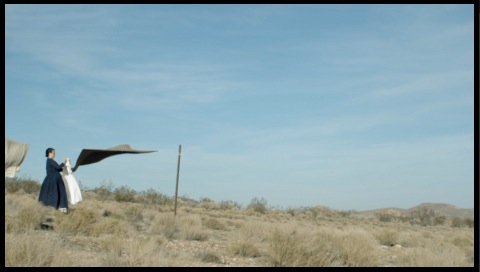
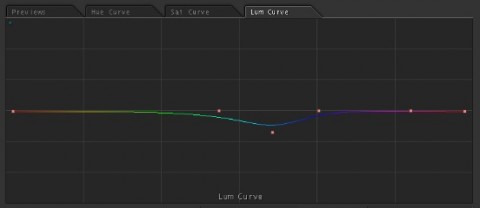
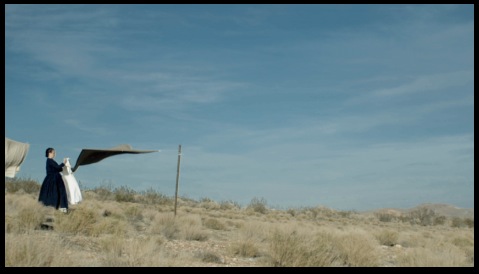
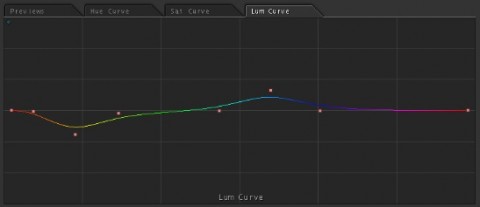
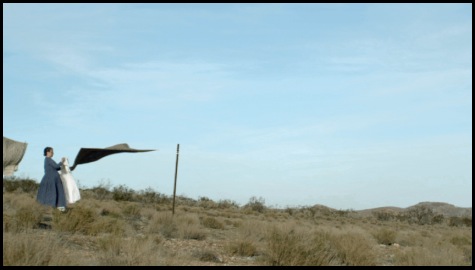


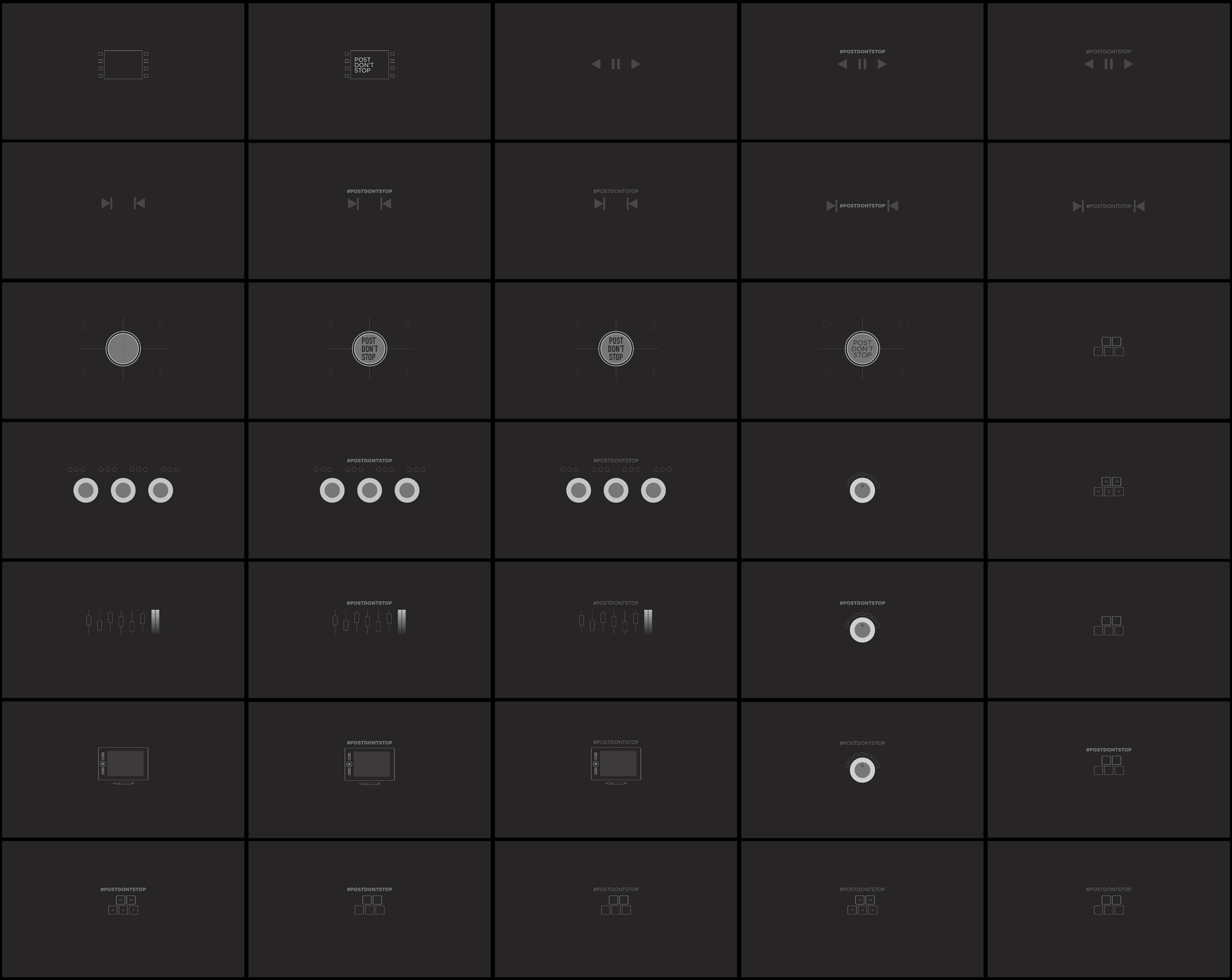
02/22/2011, 7:36 am
Hi,
I Actually followed this method when doing a test and found that i could make the grass look like flowers were blossoming from it. Very cool looking effect.
03/07/2011, 10:27 pm
Nice! Any use for the luma curve is unique, since it’s so finicky.
10/27/2013, 11:23 am